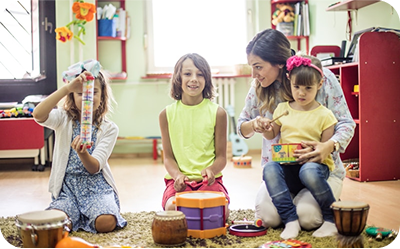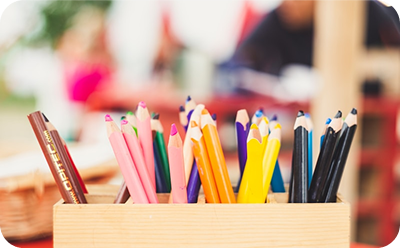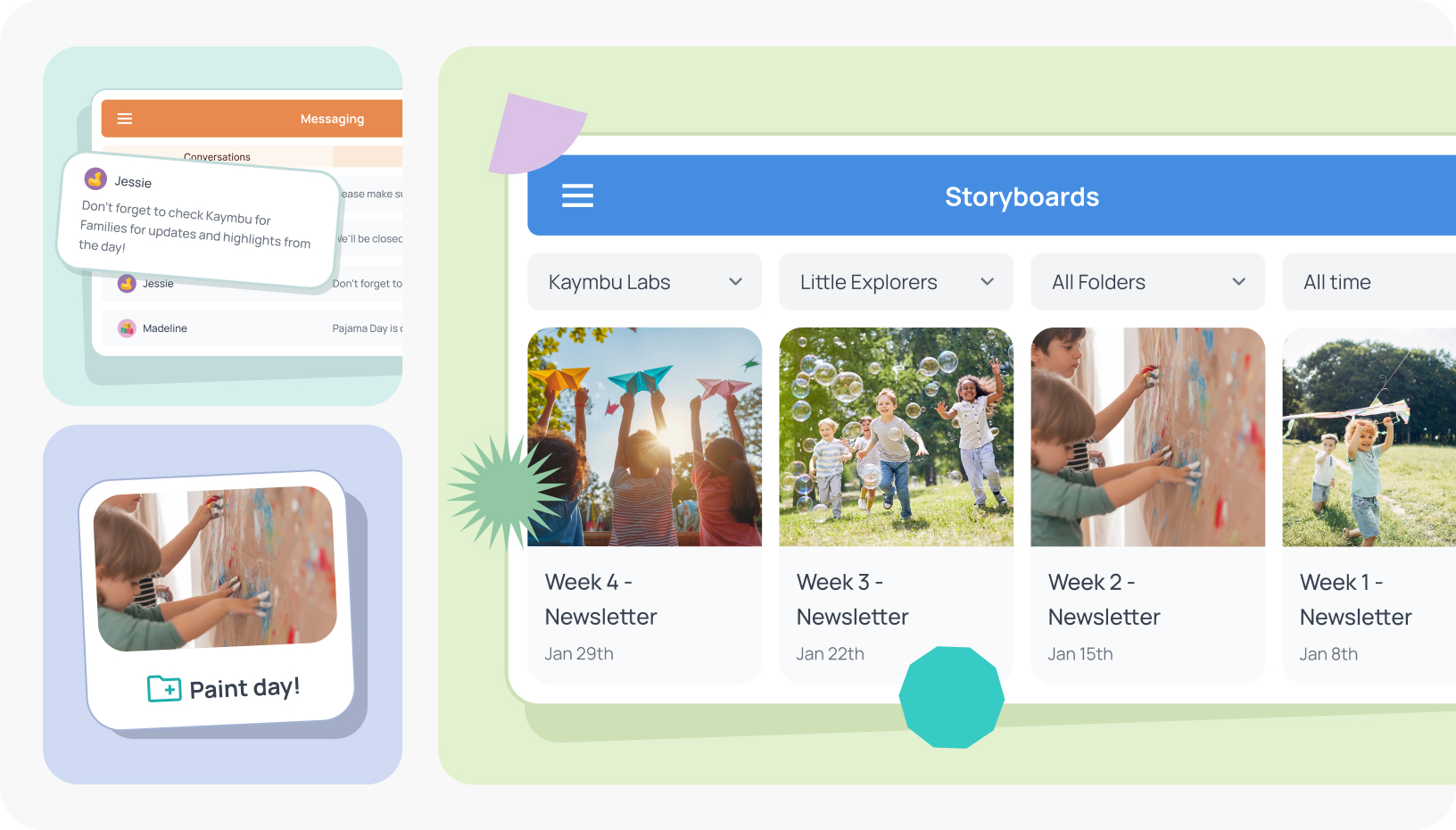In early childhood education, every choice you make—what activities to plan, how to group children, where to focus your energy—has a ripple effect on learning. But how do you know those choices are moving each child forward? The answer: data.
Not the kind of data that sits in a binder until the end of the year, but real, day-to-day information about children’s learning and development that can shape your teaching in the moment.
🔍 Step 1: Decide What to Track (and Why)
Before collecting data, get clear on your purpose. Are you…
– Identifying which skills to focus on this month?
– Tracking social–emotional growth over the year?
– Measuring the impact of a new classroom routine?
When you know the “why,” it’s easier to choose the “what.” For example:
- If you’re targeting literacy, you might track how often children recognize their names in print.
- If you’re building fine motor skills, you might note progress in scissor use or block stacking.
📅 Step 2: Make Collection Part of Your Day
The best data is collected in context, during daily routines and activities—not just during assessments. That could mean:
- Jotting a quick observation down during art
- Snapping a photo of a block tower during free play
- Recording a short voice note after circle time
The key is to make it fast and sustainable, so you capture moments without losing teaching time.
🧩 Step 3: Look for Patterns
Data is most valuable when it tells a story. Once you’ve collected observations, look for trends:
- Are multiple children struggling with the same skill?
- Has one child’s progress plateaued in a certain area?
- Do certain activities seem to spark more engagement?
These patterns can guide decisions about grouping, introducing new materials, or adjusting your lesson sequence.
✍️ Step 4: Adjust Instruction
Here’s where the magic happens:
- If your data shows several children need support in counting to 10, you might add more counting games to transitions.
- If you notice a child mastering a skill faster than expected, you can offer them more challenging activities.
- If engagement spikes outdoors, you might move a literacy activity to the playground.
💡 Step 5: Share Insights
Data shouldn’t stay with the teacher—it’s powerful when shared with:
- Families to celebrate progress and set shared goals
- Colleagues to coordinate support and share strategies
- Administrators to inform resource allocation and professional development
How Kaymbu and COR Advantage Can Help
While you can track and analyze data in many ways, Kaymbu and COR Advantage are designed to make this process seamless.
- Capture observations instantly with photos, videos, or notes.
- Organize them automatically into portfolios or reports.
- Filter by child, skill, or time period to see clear trends.
- Access research-backed frameworks like COR Advantage’s 36 items to ensure your data aligns with developmental milestones.
Instead of wrestling with spreadsheets or paper notes, you get clear, actionable insights—freeing you up to focus on the teaching, not the tracking.
Data doesn’t replace intuition—it enhances it. When you combine what you see in your classroom with what your data shows, you get a fuller, clearer picture of each child’s learning journey.
Whether you use a notepad, a spreadsheet, or a platform like Kaymbu and COR Advantage, the goal is the same: turn everyday moments into meaningful, informed instruction.






